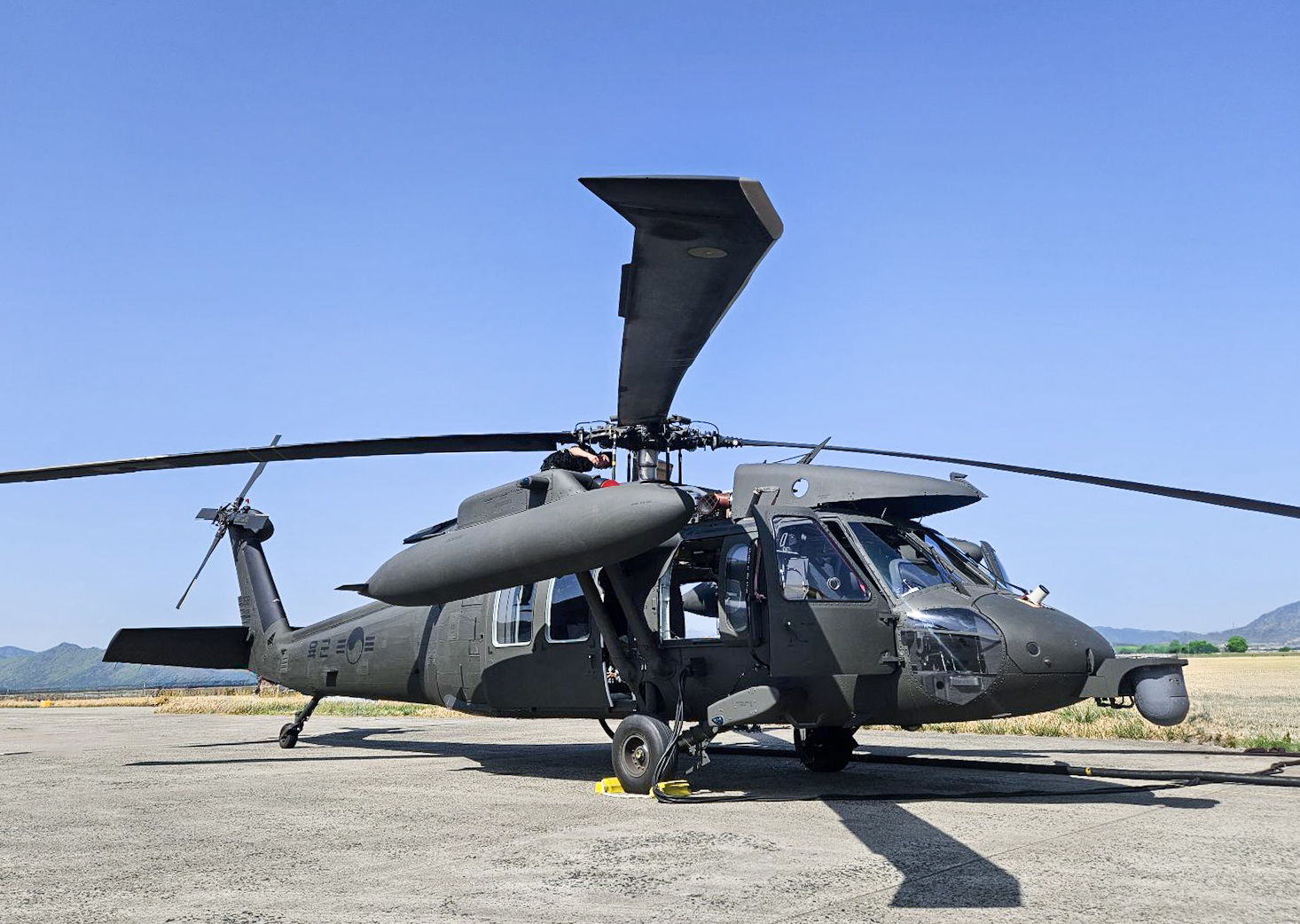urban mine
Contributor
+
Last edited:
Latest Thread
There was a lot of controversy in South Korea on that issue.Side by side and chin mounted gun - how does that compute? Doesn't tandem make more sense?
If the gunner sits to the right, the whole left side is going to be blind. In tandem you have much better overall view.There was a lot of controversy in South Korea on that issue.
On its official YouTube channel, KAI stated that the Side by Side is not particularly inferior to the Tandem. It was said that the side-by-side design is vulnerable to anti-aircraft fire because it increases the frontal area of the helicopter, but KAI responded that the helicopter's major systems are redundant and separate, so even if one system is hit and loses functionality, the other system can still operate normally. They said that being hit does not immediately lead to the loss of the aircraft, and that the best way to increase survivability is to fly the mission away from enemy detection.
So, to put it more simply, KAI's view is that seat design is not that big of an issue on the modern battlefield, and the ROC of the South Korean Marines did not point this out either.
Yes. The test pilot at KAI said that the problems you mentioned can be solved with good communication and division of labor between the two pilots. Honestly, if we really want to make an attack helicopter, I think it's better to do what you said, but the current MAH seems to be developed without design changes to save development time and budget. Korea's MAH program was a competition between the AH-1Z, KAI's MAH model, and the AH-64E. Budget and survivability were the outcome of this project. It seems that the ROK Marines wanted the AH-1Z, but KAI's MAH passed the ROC well enough that they eventually had to accept it.If the gunner sits to the right, the whole left side is going to be blind. In tandem you have much better overall view.


 news.koreanair.com
news.koreanair.com
View attachment 74675
대한항공, UH-60 헬기 성능개량 우선협상대상자로 선정 – 대한항공 뉴스룸
대한항공은 우리 군 주요 전력인 UH-60 헬기의 성능개량을 진행할 우선협상대상자로 선정됐다고 23일 밝혔다. 대한항공은 LIG넥스원, 콜린스에어로스페이스와 컨소시엄을 꾸려 입찰에 참여했고, 이날 오전 방위사업청으로부터 우선협상대상자로 선정됐음을 통보받았다. 사업 규모는 약 9613억news.koreanair.com
Korean Air announced today that it has been selected as the preferred bidder to upgrade the performance of the UH-60 helicopter, the mainstay of South Korea's armed forces.
Korean Air participated in the bid in a consortium with LIG Nex1 and Collins Aerospace, and was notified by the Defense Acquisition Program Administration this morning that it was selected as the preferred bidder. The project is valued at approximately KRW 96.13 billion.
The UH-60, also known as the Black Hawk, is a multi-role helicopter used by the Korean Army and Air Force for special operations. The core of this performance improvement project is to digitize the cockpit of a total of 36 UH-60s and perform a full range of performance improvements, including engines, survival equipment, communications equipment, maintenance integration, and Initial Operational Capability support elements.
View attachment 74676
Korean Air produced UH-60s from 1991 to 1999 and has electrified a total of more than 130 airframes, and continues to carry out refurbishments and partial performance improvements and modifications. More than 30 years of experience and know-how, as well as a wealth of technical data, were among the factors that helped Korean Air win the bid. Korean Air will negotiate the details of the contract, including technology and terms and conditions, with the Defense Acquisition Program Administration before signing the final contract.
Korean Air plans to deliver the UH-60 to the South Korean Armed Forces in 2029 after completing performance improvements to the aircraft. “Based on our expertise and know-how on the UH-60, we will actively contribute to improving the military's special operations capabilities and strengthening the national defense,” said a Korean Air official.

 shafaq.com
shafaq.com
